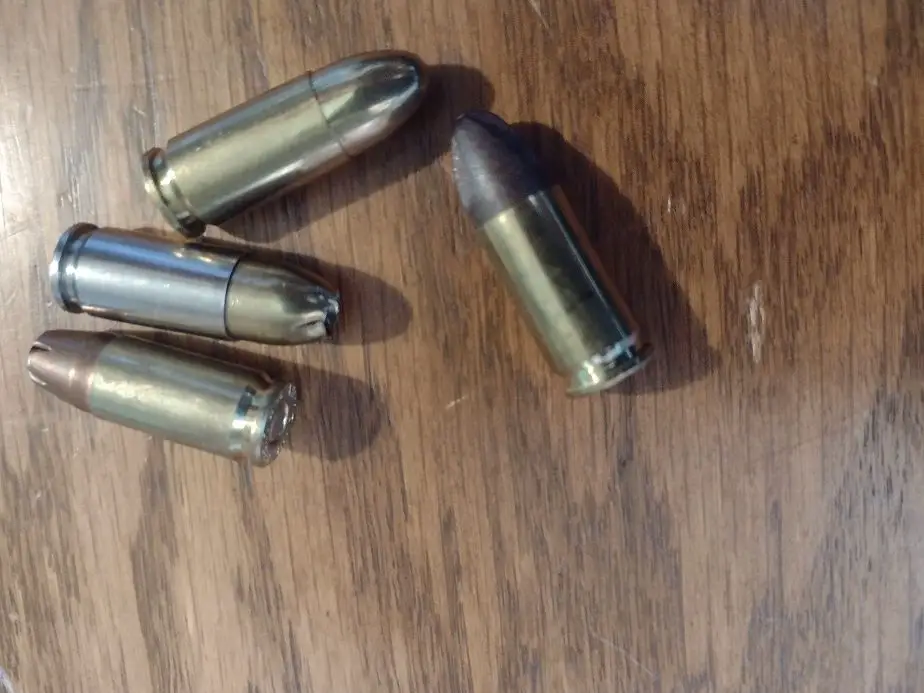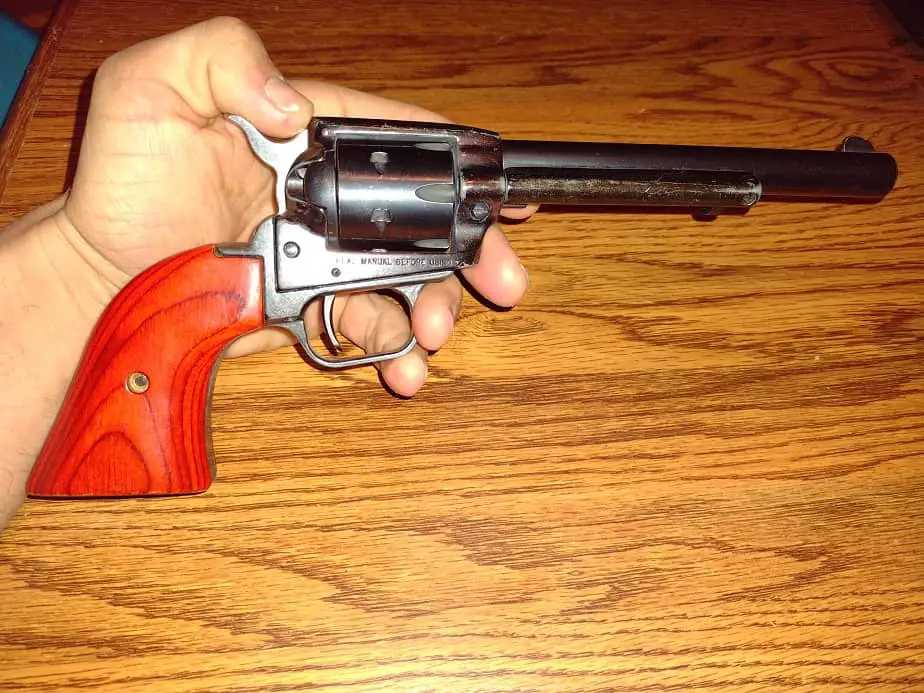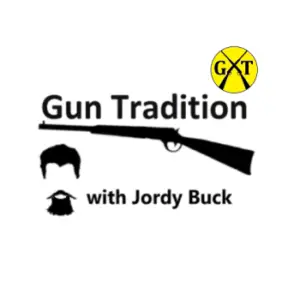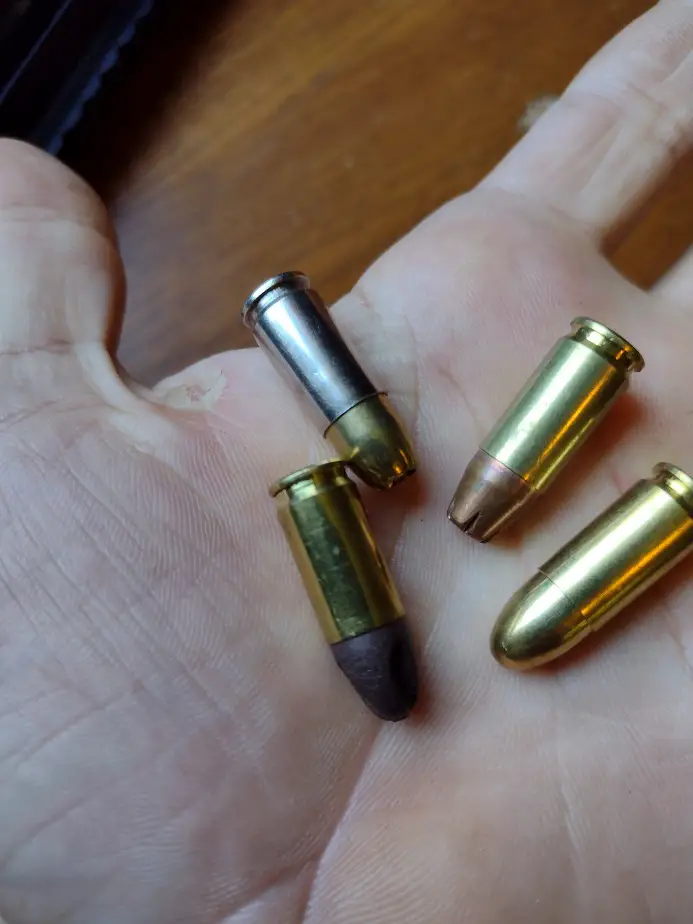I like both 9mm and 38 Special. They’re both fun, classic little pistol cartridges.
A 9mm pistol has on average 40 percent more recoil than a 38 of comparable weight. However, most 9mm pistols are a little heavier than 38 Specials so the functional difference is closer to 20 percent more recoil in a 9mm. The most common model 9mm pistol, the Glock 17, has 20 percent more recoil than the most common 38 Special.
That’s a lot of info. If you’re new to guns, don’t fret. I’ll spell it out a bit more in practical terms.
Does 38 Special have a lot of Recoil?
The 38 Special has between 2 and 6 pounds of recoil, mainly depending on the weight of the gun, but also on ammunition. A snub-nosed 38 revolver with +P ammo can recoil harshly and be tough to control for some shooters. A 38 with a 4-inch barrel weighs 42 ounces, twice what the 4.5-inch barrel Glock 17 weighs.
That will have around 3 pounds of recoil. If you go up to a 6-inch barreled revolver, it’s less yet. At that point, the gun has a very low, easily manageable recoil. It also doesn’t have much muzzle flip.
The real issue with 38 revolvers is that most of them are snub-nosed. A snub-nosed, or snubby, revolver has a barrel of 2-inches or shorter. that makes it incredibly lightweight. some of them cut weight even further by making the frame out of aluminum instead of steel.
The lightest models can have 7 pounds of recoil with the more powerful types of defensive ammo. While not a ton, it’s a lot for a standard handgun. Most people prefer somewhere between 4 and 6 pounds of recoil for a handgun.
The point of the little ones is to make a very small, very lightweight pistol for the least amount of hassle to carry. BUt’ they recoil more harshly. My wife refuses to shoot one anymore because she found it unpleasant. I can handle it myself, but there they are definitely jumpier, and there’s generally less of a grip to hold on to as well.
That goes for all pistols, not just the 38. When you get these sub-compact models using lightweight alloys and having smaller grips, they recoil more, they have more muzzle flash, and they tend to want to jump. plus, small grips limit how well you can hold them. I have big hands, so that’s annoying for me.

Does 9mm Recoil Harshly?
The 9mm averages between 4.5 and 7 pounds of generated recoil, depending on the bullet, powder charge, chamber dimensions, and weight of the gun. Most shooters find it quite manageable and comfortable. If you have hand or wrist issues, the recoil may be uncomfortable. A heavier model pistol recoils less than a lightweight pistol.
The most iconic 9mm, the Glock 17, recoils about 4.5 ft/lbs. with standard target ammo. Take into consideration that that’s a somewhat lightweight pistol. The lower half of a Glock is made of plastic, which cuts off half a pound or so. This makes it more pleasant to carry but gives it increased recoil over something like a steel-framed 1911 in 9mm.
A compact 9mm weighing 1 pound recoils about 7 ft/lbs. with target ammo. A compact 38 Special weighing a pound recoils about 5 ft/lbs. with target ammo. Target ammo is a lower pressure ammo and generates less recoil than defensive ammo.
The Glock 17 and Glock 19, arguably the most common 9mm pistols out there, are not harsh recoiling or “snappy” on the wrists. These pistols are both pretty much full-sized, and top-heavy. The longer barrel helps the recoil to move straight back and not up as much as shorties do.
Also, the top-heavy balance helps the gun to not want to flip upward sharply when firing. In my opinion and experience, it’s guns that have a sharp jump or pop upward that hurt wrists more. Some pistols, usually the really tiny ones, tend to make your wrist pivot up as you fire. That makes my carpal tunnel unhappy.
Most complaints about recoil really stem from not having a proper, firm grip and steady stance while shooting. With a good grip and stance, you will find that the recoil tends to push you back a bit instead of pushing your gun and firing hand up, which is when most complaints arise.
Is 38 Special Enough for Personal Protection?
The 38 Special is powerful enough for reliable defensive use. With modern ammo, it’s a practical choice for a defensive revolver. It’s the second most popular caliber for a defensive revolver. The 38 used to be used by police and the military. It’s an easy shooting option that works better than ever before.
personally, I don’t really go for revolvers myself. O own revolvers and they are fun, but for defense, I just prefer a semi-auto for the higher ammo capacity. My Glock has 15 bullets compared to 5 or 6 in a revolver. But, revolvers do work and have worked since the 1840s.
They are slower to fire, but if that’s what you shoot well and are comfortable with, go for it. The 38 special, or just 38, is certainly well capable of keeping you safe in a violent encounter.
I do highly recommend you at least try out some 9mm pistols of different sizes and types to see if you can comfortably shoot them because they are quick to reload have more available firepower and are should it be needed.
I Typically Recommend 9mm Over a 38
The 9mm has more utility than a 38, basically just because there are more guns chambered in that caliber, it’s more common, and it’s a bit more powerful. It has become a standard, and it fits most people quite well. the 9mm is used by police and military, and it’s the most popular choice for a defensive pistol in the United States.
While effective, the 38 Special is just not popular. It’s limited to use in a revolver due to its rimmed design, and the revolver fell out of fashion as semi-auto handguns became equally dependable and reliable. plus, the 9mm ammo is significantly cheaper just because there’s so much more of it made.
And, the 38 fires a slower bullet with less power. They both use around the same weight of the bullet and both have a diameter of .357 inches (technically 36 caliber), but the 38 runs between 850 and 1,000 fps while the 9mm runs 1150-1300 fps. The 9mm is more powerful. But, with that, comes more generated recoil, generally.

What is the Least Recoiling Revolver?
The least recoiling revolver is a full-sized 22lr like the Ruger Single Six or Heritage Rough Rider. But, the 22lr is the least effective cartridge. 22Mag is more powerful and still has virtually no recoil. If you have very serious hand or wrist problems and can’t handle recoil, consider a 22mag revolver with a 4 to 6-inch barrel.

